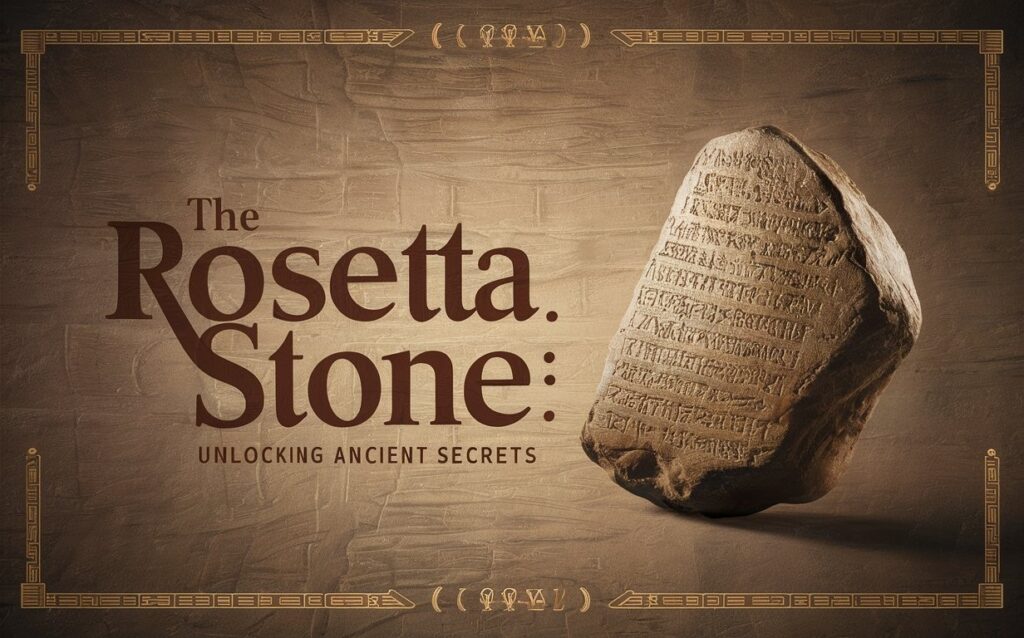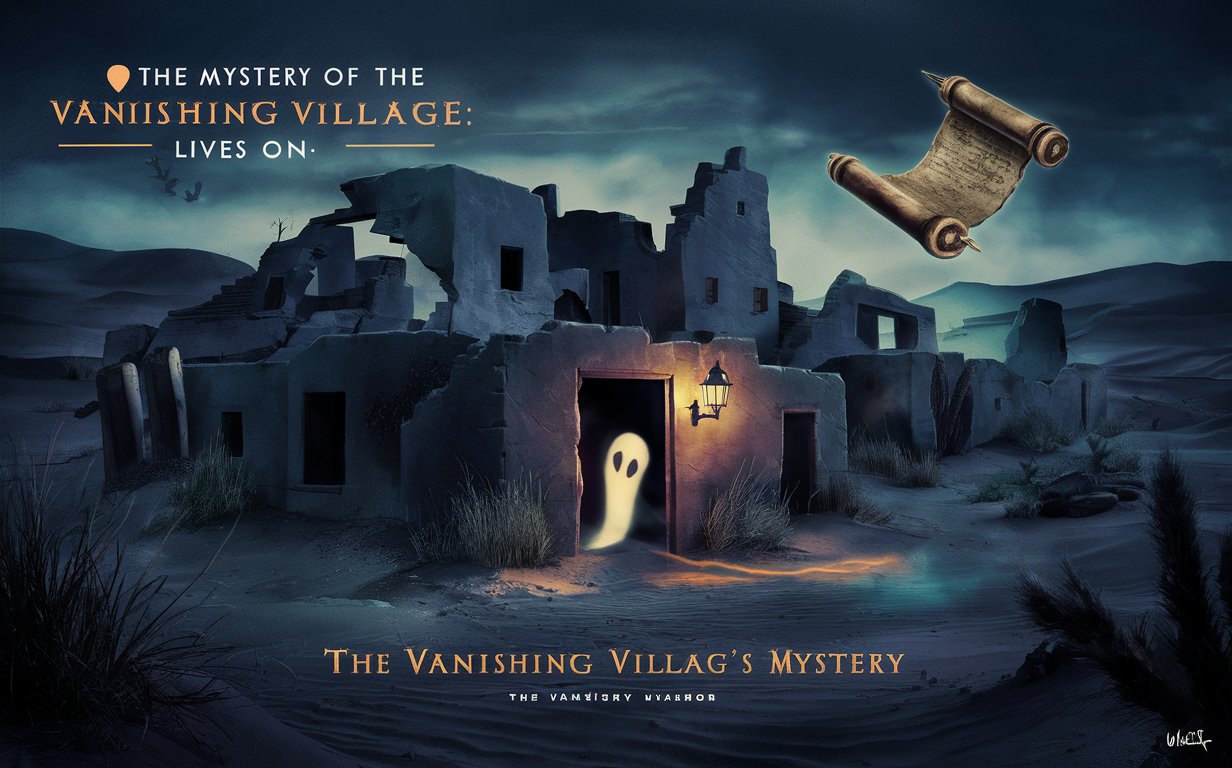The Origins of the Rosetta Stone: Unlocking the Secrets of Ancient Egypt

The Rosetta Stone is one of the most famous and significant artifacts in the history of linguistics and archaeology. Its discovery in 1799 by a French soldier during Napoleon’s campaign in Egypt became a key to deciphering the mysteries of ancient Egyptian writing. Prior to the discovery of the Rosetta Stone, the ability to read Egyptian hieroglyphs had been lost for nearly 1,400 years. But this remarkable stone, inscribed with a decree issued in 196 BCE, held the key to unlocking the language of the pharaohs and understanding the culture and history of one of the world’s most fascinating ancient civilizations. In this article, we will explore the origins of the Rosetta Stone, its historical context, and how it became a gateway to the world of ancient Egypt.
The Creation of the Rosetta Stone
The Rosetta Stone was carved in 196 BCE, during the reign of King Ptolemy V Epiphanes, the ruler of Egypt during the Ptolemaic dynasty. The Ptolemaic dynasty was established after the death of Alexander the Great in 323 BCE when his general Ptolemy I Soter took control of Egypt and founded the Ptolemaic Kingdom. The dynasty lasted for nearly three centuries and saw the blending of Greek and Egyptian cultures.
The Purpose of the Inscription
The decree inscribed on the Rosetta Stone was a proclamation issued by a council of priests in honor of King Ptolemy V. It celebrated his accomplishments, praised his reign, and decreed that he be officially deified. The stone’s inscription was intended to communicate the king’s divine status to the Egyptian people, and it was likely displayed in temples and public spaces throughout Egypt.
The decree was written in three scripts:
- Greek – The Greek script was used because Greek was the language of the ruling elite in Egypt after the conquest by Alexander the Great and the subsequent establishment of the Ptolemaic dynasty. By the time the Rosetta Stone was inscribed, Greek was the language of administration and governance.
- Demotic – This script was the everyday written form of the Egyptian language used by common people. It was a cursive form of hieroglyphs that had evolved over centuries and was used for daily communication, legal documents, and informal writing.
- Hieroglyphic – The third script on the Rosetta Stone was the traditional hieroglyphic script, which had been used for religious texts, monuments, and inscriptions in ancient Egypt for millennia. By the time of Ptolemy V, hieroglyphs were largely confined to temple inscriptions and religious documents.
The three versions of the decree were not merely translations but were intended to reach different segments of Egyptian society. The Greek text was for the Greek-speaking rulers and elite, the Demotic script was for the common Egyptian people, and the hieroglyphs were for the priests and the temples.
The Discovery of the Rosetta Stone
The Rosetta Stone’s journey to fame began in 1799, during Napoleon Bonaparte’s military campaign in Egypt. As part of his efforts to conquer Egypt and secure French control over the region, Napoleon brought with him a group of scholars and scientists, known as the Commission des Sciences et des Arts, to study the country’s ancient monuments and artifacts.
The Discovery at Fort Saint-Elme
On July 15, 1799, while the French forces were stationed near the town of Rosetta (modern-day Rashid), a French officer named Pierre-François Bouchard discovered the Rosetta Stone during the construction of a fort. The stone was found in the foundations of a fort that had been built by the French on the site of an older structure. It was partially buried and initially appeared to be just another large stone slab, but upon closer inspection, the inscriptions on the surface sparked the interest of the French scholars.
At first, the significance of the stone was unclear. However, the presence of three different scripts immediately suggested that it was an important document that might unlock knowledge about ancient Egyptian language and history.
The Decoding of the Rosetta Stone
The breakthrough in deciphering the Rosetta Stone came after its discovery. Though the stone had three different scripts, the presence of the Greek text—known to scholars at the time—provided the key to understanding the other two. The task of decoding the hieroglyphs and Demotic script was taken up by several scholars, with the most prominent figures being Jean-François Champollion, a French linguist and philologist, and Thomas Young, an English polymath.
The Role of Thomas Young
Thomas Young, a British physician and amateur linguist, was one of the first to make significant progress in understanding the hieroglyphic script. In the early 1800s, he identified some phonetic symbols within the Greek and Demotic scripts on the Rosetta Stone. He also noted that certain hieroglyphic characters seemed to represent sounds, much like letters in an alphabet. While Young’s contributions were valuable, he did not fully decipher the script.
The Breakthrough by Jean-François Champollion
The real breakthrough came in 1822, when Jean-François Champollion, a scholar specializing in ancient languages, successfully deciphered the hieroglyphic text on the Rosetta Stone. Champollion had been studying the stone for years and used Young’s findings as part of his own research. Champollion’s genius lay in his realization that hieroglyphs could represent both phonetic sounds (as in the alphabet) and ideograms (symbols that represent ideas or objects).
By comparing the Greek translation with the Demotic and hieroglyphic texts, Champollion was able to match specific Greek words with the corresponding hieroglyphs and sounds. He famously announced in 1822 that he had “cracked the code” of hieroglyphs, and he could now read the ancient Egyptian language. This achievement opened up a wealth of knowledge about ancient Egyptian civilization, its religion, culture, and history.
The Rosetta Stone’s Impact on Egyptology
Champollion’s work on the Rosetta Stone laid the foundation for the field of Egyptology—the study of ancient Egypt. Prior to the decipherment, Egypt had been a land of mystery to Western scholars. The hieroglyphs on monuments and tombs were indecipherable, leaving Egypt’s past obscured. But after Champollion’s breakthrough, scholars were able to read ancient Egyptian texts for the first time in over a millennium.
The Rosetta Stone became a crucial tool in unlocking the entire history of Egypt, from its ancient religious texts to its royal decrees. It helped scholars understand how ancient Egyptians viewed their gods, how they organized their society, and how their language had evolved over time.
The Rosetta Stone Today: A Symbol of Knowledge and Cultural Heritage
After its discovery, the Rosetta Stone was initially held by the French, but it was handed over to the British following the defeat of Napoleon in 1801 under the terms of the Treaty of Alexandria. The British then transported the stone to London, where it was placed in the British Museum, where it remains today.
The Rosetta Stone has become one of the most iconic objects in the museum’s collection and a symbol of the power of language and the pursuit of knowledge. It has inspired generations of scholars, linguists, and archaeologists, and it continues to be a source of fascination for visitors and researchers alike.
The stone has also come to symbolize the broader human quest to decipher, understand, and preserve the knowledge of ancient civilizations. It serves as a reminder that, with the right tools and dedication, the secrets of the past can be unlocked and brought into the light.
Conclusion: The Enduring Legacy of the Rosetta Stone
The Rosetta Stone’s origins are rooted in the history of the Ptolemaic Egypt, a time when Greek and Egyptian cultures merged and created a unique blend of political, cultural, and religious practices. However, its true significance came not from its original purpose but from its role in unlocking the mysteries of ancient Egyptian language and civilization. Through the dedication of scholars like Jean-François Champollion, the Rosetta Stone became the key that opened the door to Egypt’s ancient past.
Today, the Rosetta Stone continues to inspire awe and respect, representing the power of knowledge and the timeless human desire to understand the world and its history.



Post Comment